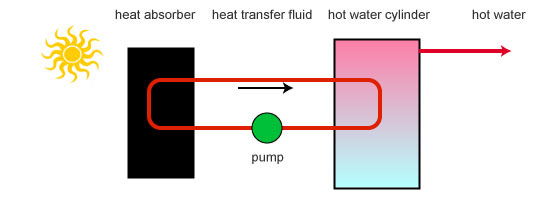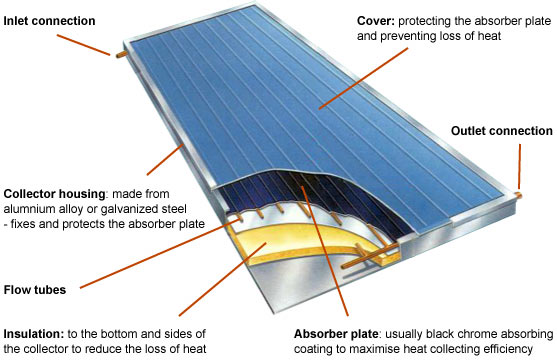It is clearly visible at the top of the water heater tank as the only large nut on the top.
Below is a picture of a brand-new rod, and below it what was left of the one that I replaced:
 |
| New anode rod |
 |
| worn out anode rod |
This water tank has been in service for six years as my solar hot water storage tank, and another six years prior to that it was my primary source of hot water. This should serve as a cautionary tale to anyone with a water heater tank. It is a lot less expensive to replace the anode rod than it is the entire water heater!
Note: due to the low ceiling height clearance, I installed a flexible rod like the one below.
Generally they are straight and measure 24″ to 36″ long, and some are even longer. Your anode rod needs to be sized to match your tank. Here's a link to the one I bought. (as an Amazon Affiliate, I earn from qualifying purchases.)
This is part of my ongoing series that deals with the concept of repairing rather than replacing as a way of living sustainably. One can argue that living sustainably can save you a great deal of money over the long term, and this has certainly been true for my lifestyle.












